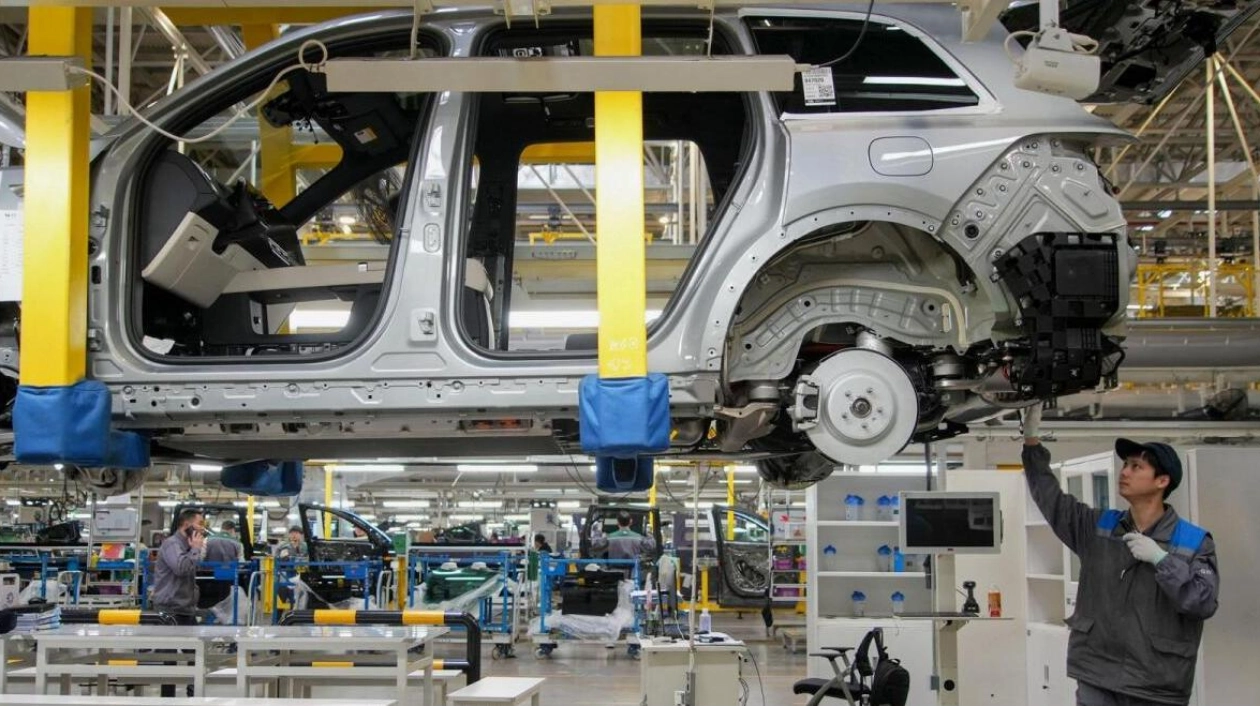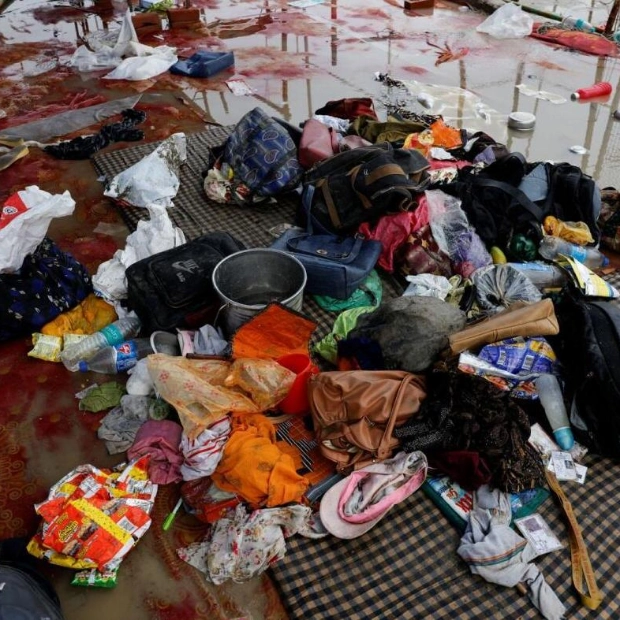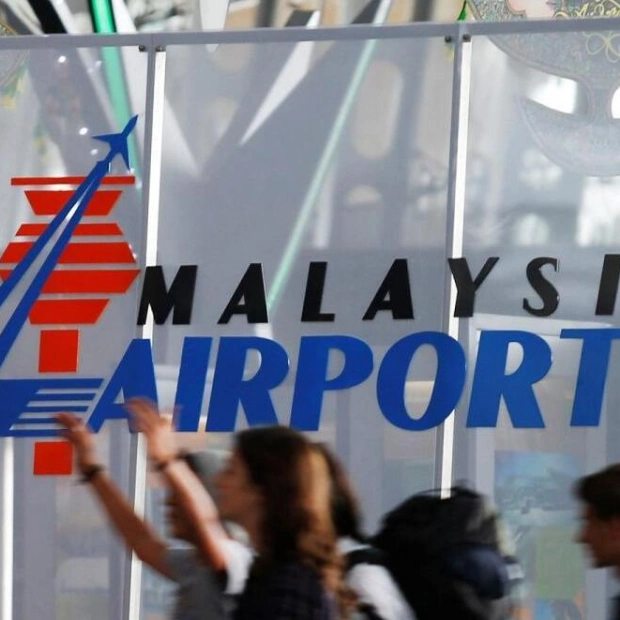China's manufacturing sector saw a decline for the second consecutive month in June, and services activity reached a five-month low, according to an official survey released on Sunday. This situation has renewed calls for additional stimulus measures as the economy continues to struggle. The National Bureau of Statistics' (NBS) Purchasing Managers' Index (PMI) remained at 49.5 in June, unchanged from May, indicating contraction as it fell below the 50-point threshold that separates growth from contraction. This figure matched the median forecast of 49.5 in a Reuters poll.
Xu Tianchen, a senior economist at the Economist Intelligence Unit, noted that actual industrial activity might be stronger than the PMI data suggests, as the official PMI may not fully reflect the current export momentum, which has been a key economic driver this year. However, Xu also pointed out that both external and domestic demand are insufficient to fully utilize China's manufacturing capacity, which will hinder a recovery in producer prices. The NBS survey revealed that while the production sub-index was above 50 in June, other sub-indexes related to new orders, raw material stocks, employment, supplier delivery times, and new export orders were all in contraction.
China's exports in May exceeded expectations, but analysts remain uncertain about the sustainability of these export sales due to increasing trade tensions between Beijing and Western economies. Additionally, the ongoing property crisis continues to dampen domestic demand. The non-manufacturing PMI, which encompasses services and construction, dropped to 50.5 from 51.1 in May, marking the lowest level since December. The services PMI fell to 50.2, a five-month low, and the construction PMI declined to 52.3, the weakest since July last year.
Analysts anticipate that China will introduce more policy support measures in the near term, and the government's commitment to enhancing fiscal stimulus is expected to boost domestic consumption. Hao Zhou, chief economist at Guotai Junan International, stated that although the weak PMI figures necessitate more supportive policies, the scope for monetary policy easing is currently limited due to pressure on the Chinese currency. Instead, fiscal policy is likely to become the primary driver, implying that the central government will need to issue more debt in the foreseeable future to stimulate overall domestic demand.
Despite a series of measures implemented since last October, high local-government debt and deflationary pressures continue to cloud recovery prospects, affecting investors' and factory owners' expectations. The Chinese central bank recently introduced a relending program for affordable housing to expedite the sale of unsold housing stock, aiming to better align supply with demand. Officials are also under pressure to develop new growth engines to reduce the economy's dependence on property. Premier Li Qiang highlighted at a World Economic Forum meeting that the growth of new industries is supporting healthy economic development, noting that the Chinese economy has maintained an upward trend since the beginning of the year and is expected to continue improving steadily through the second quarter.
Economists and investors are looking forward to the Third Plenum, scheduled for July 15-18, where hundreds of top Communist Party officials will gather in Beijing for this five-yearly event.






